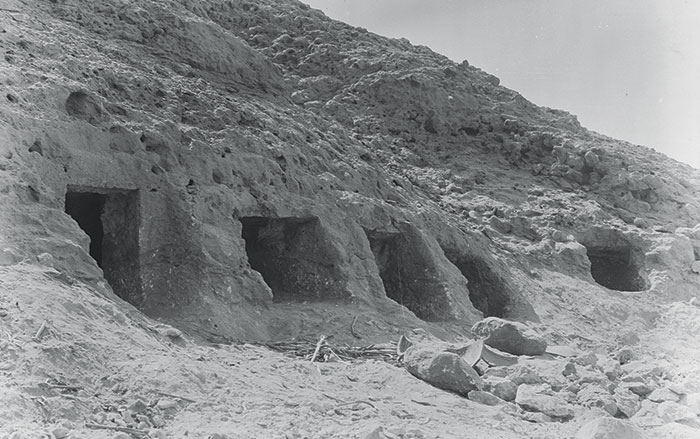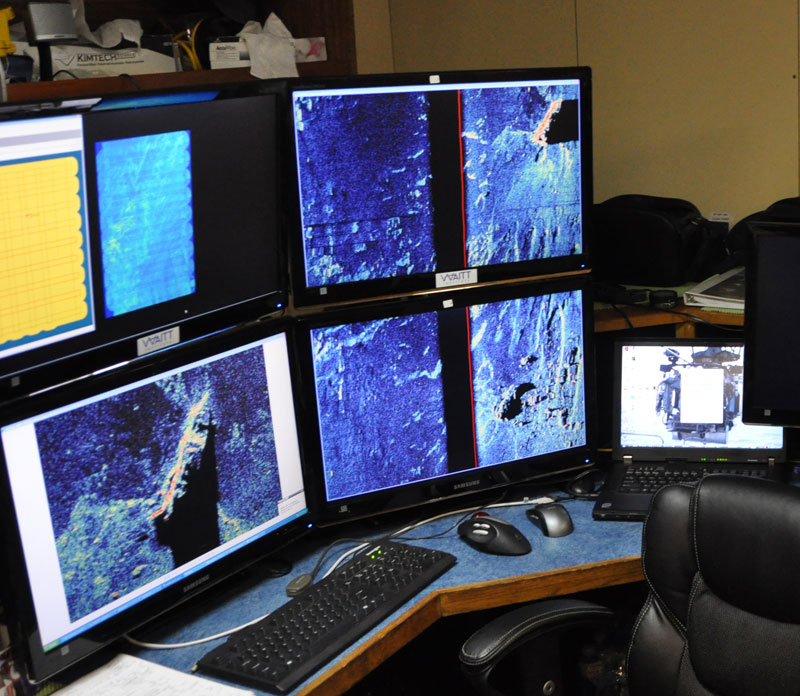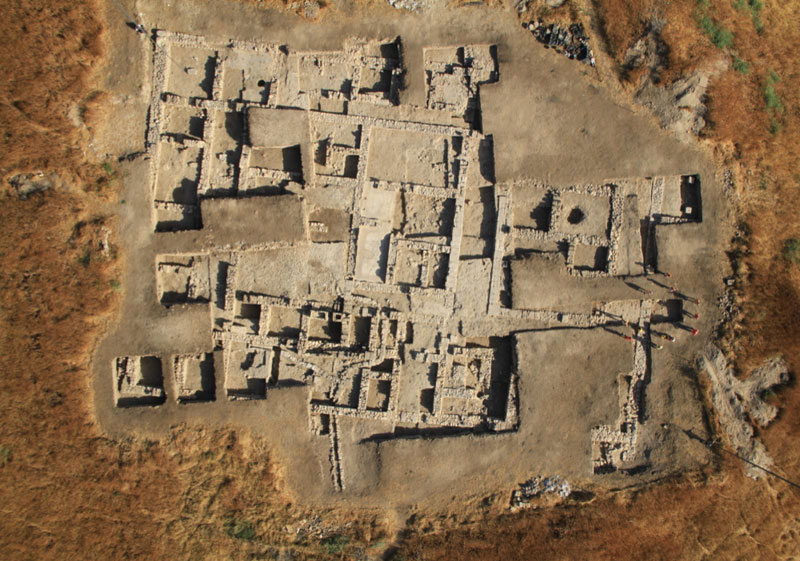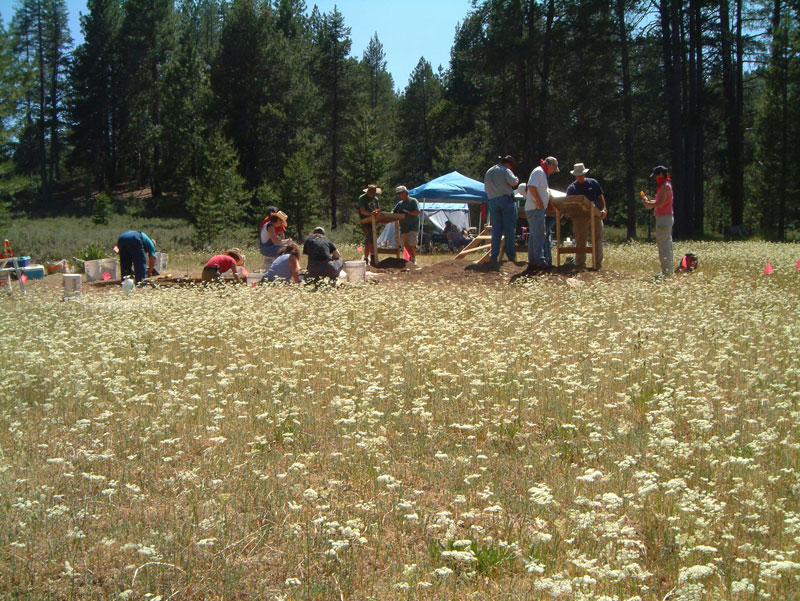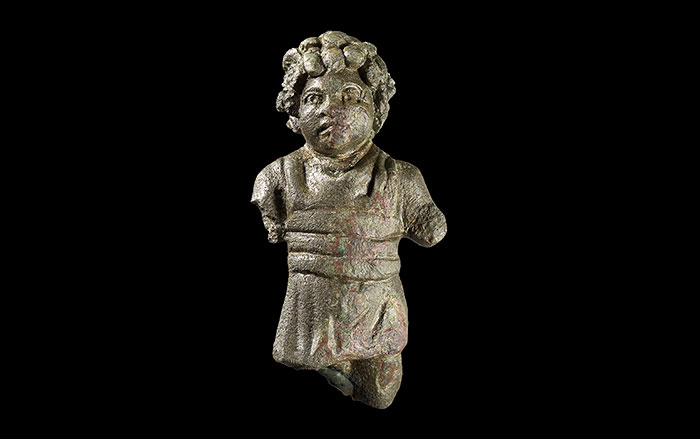
The skeletal remains of two adolescent males found at Butrint, a Roman colony in Albania, indicate that both suffered from fatal cases of brucellosis. The chronic respiratory disease, which is typically contracted from contaminated meat or dairy products, today affects roughly 500,000 people per year worldwide.
Initially researchers believed that the teens died of tuberculosis (TB). Pea-sized holes found on their 800-year-old spinal columns are indicative of an infection secondary to the respiratory illness and seemed to confirm that view. However, DNA samples held no genetic markers of TB. Brucellosis can cause similar bone degradation, and a search for genes associated with brucellosis came up positive.
"If you look at the World Health Organization data, Albania has one of the higher brucellosis rates in the world today," says David Foran, a forensic scientist at Michigan State. "It's there now and it was obviously there many hundreds of years ago—and most likely throughout the centuries."




